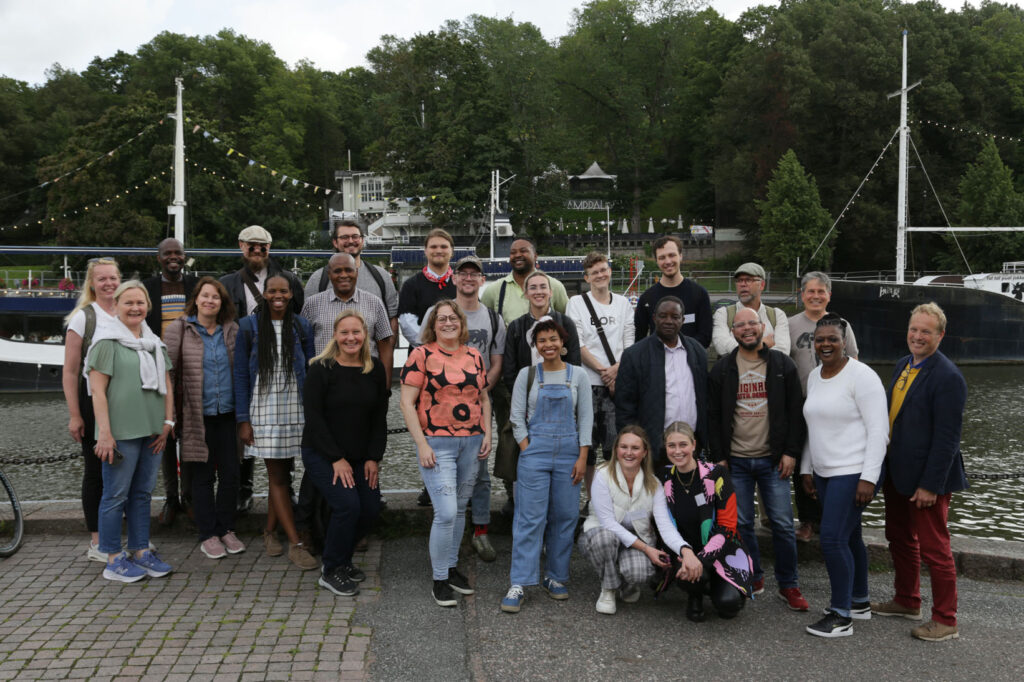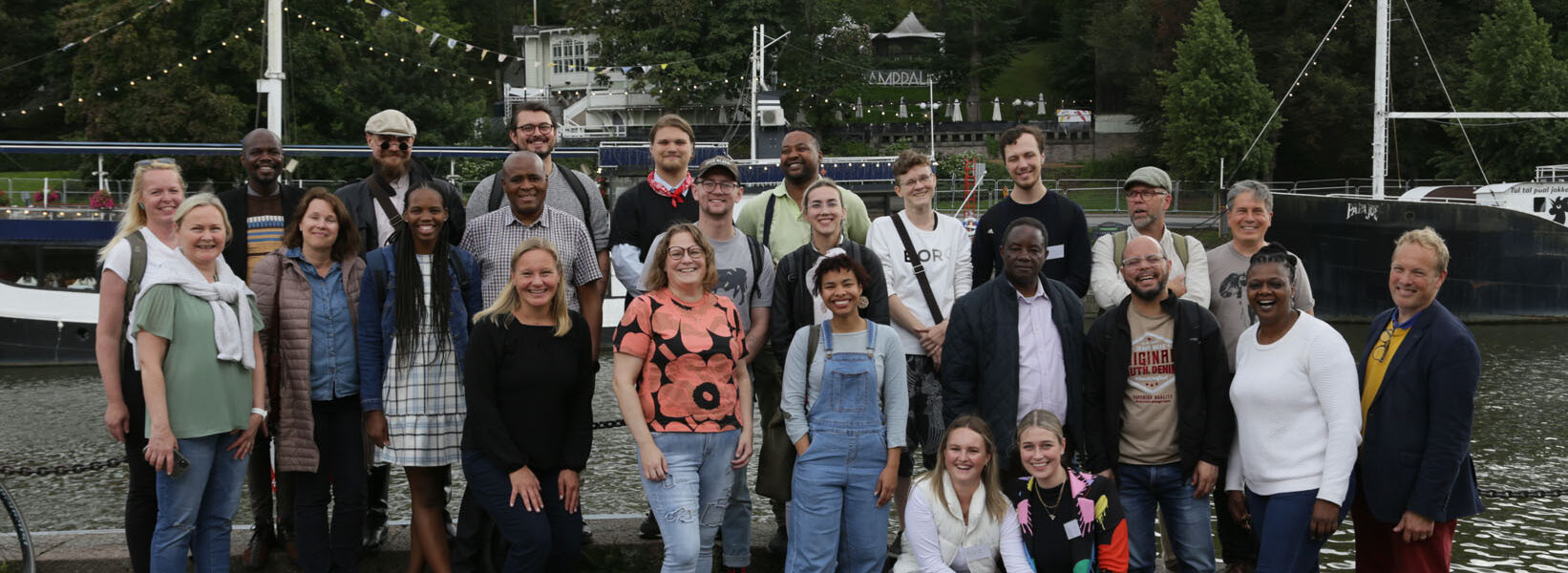Community and Individuality, I and the Other
10 juni, 2024
What constitutes a religion is a frequent question with many aspects to bear in mind, and it is a question that has been spinning in my head for a long time as well. So, having first visited different religions steaming from the Abrahamic faith in Finland we had a solid foundation to compare, and contrast what the religious communities with roots in the Abrahamic faith experience to be the focal point of lived religion in Finland and after our trip, in South Africa or at least the Western Cape area.
As we started to visit churches, synagogues, and mosques in South Africa a pattern swiftly emerged where many noticed that the focal point when presenting themselves and their faith was focused on the building and its history whereas the Finnish mind (and group) was seeking answers for the practices and place for the individual, what does the individual believe and practice?
Seeing this tension of what was presented and the questions in the minds of at least the Finnish group led to seeds being planted in my mind that would not sprout until the end of the trip. During our trip, we took part in the South African communities and the traditions they valued, and this is what watered the seedling of my mind. As the seeds sprouted into ideas, I realized that we were approaching community-centred religiosity with our quite individualistic-centred religiosity. As a pastor presents a church and its history it is not a cold building that individuals gather in to grow in their individual faith. It is a building with a pulse, it is alive, and the community is its spirit and blood. This is the space where the I become us, the individual spiritual walk becomes a lived religion for and by the community. This gave me a new lens from where I could observe what religion is in South Africa, but it is also a useful tool in approaching religion in general.
This is however not only sunshine and rainbows. Something very visible is the heritage and still open wounds of apartheid, colonization and the segregation that came with it. The people within the religious communities are consequently very homogeneous, what we saw of the Dutch reformed church was that there had been no black pastors in the church (as I understood it), and in the Anglican church we visited, the white people slowly disappeared as the black members became more present, the churches in the townships were as I observed almost completely black or coloured. Saying this I don’t know if this is a result of areas already being segregated by race or if there is a deeper (if it goes deeper?) issue in that adding the wrong “blood group” to the church, going back to the community being the spirit and blood of the church, would cause “sickness” or issues for the living and breathing church. What I am coming at here is if the segregation that has happened in history is still so fresh that people would rather keep the segregation that has already occurred when it comes to churches in order to minimize the risk of an infection in the body of Christ streaming from unresolved hurts within the congregation.

The South African and Finnish group in Turku in August 2023.
These observations can of course be circumstantial and/or limited to the area that we as a group were visiting. Even so, some thoughts that arose within me were, to start with how some church leaders in America historically condoned racial segregation in the church because it would help people keep their minds on God and not the struggles of the time. Here (in South Africa) the praxis looked similar, but I don’t think anyone would explicitly say it out loud. In connection to this, I started to think of the orthodox church in Finland and how both Russians and Ukrainians have the same buildings to visit for worship. I know of some Ukrainians already avoiding going to church in order not to dig around in their existing trauma from the ongoing war. With these two in mind, we can ask whether there is ever a need for any form of segregation within the Church, be it by race or country of origin for people to be able to worship their God in a safe space and keep the body of Christ free from tearing of wounds.
Keeping the above in mind we also visited mosques and synagogues that separate men and women while they take part in their holy traditions. This was explained as necessary for especially men to be able to focus on God, and the separation was on many occasions discussed as uncomfortable as women were stuck somewhere out of sight.
Tying this together, did we as a group react more strongly towards the separation of gender in the mosques and synagogues because it was directly visible to our group in the sense that we were separated in contrast to the churches where we sat together as a group? Is there an underlying expectation of what some churches will look like and therefore we do not react to how homogenized the group really is? Are some forms of separation better than others (less bad) and is there a benefit to be found in certain forms of segregation? This trip left me with many questions, a sign that much has been learned and observed.
Going back to my initial thought, what constitutes a religion, is a question that can be answered in as many ways as there are people if not more. What I did learn however is that there are similarities in differences and differences in similarities and, as we visit “the other”, “the I” get an opportunity to reflect on its own definition of religion.
Jonathan Stipesevic
The theological course Abraham Goes Global is a cooperation between Åbo Akademi University and Stellenbosch University (South Africa) funded by the Finnish National Agency for Education and The Polin Institute 2023-2024 and 2024-2025. The aims are to widen the perception of theology to cross boundaries of religion at both universities, to exchange expertise on contextualised forms of religion, and to deepen the students’ and teachers’ understanding of interreligious and intercultural dynamics in religions. This blog is the third text of six blog texts to present reflections of the Finnish students visiting South Africa in February-March 2024.

